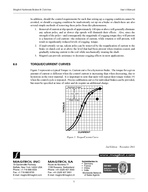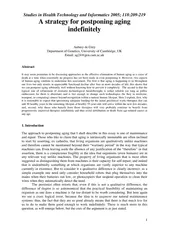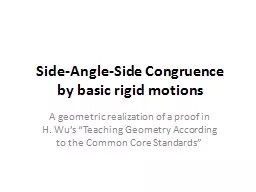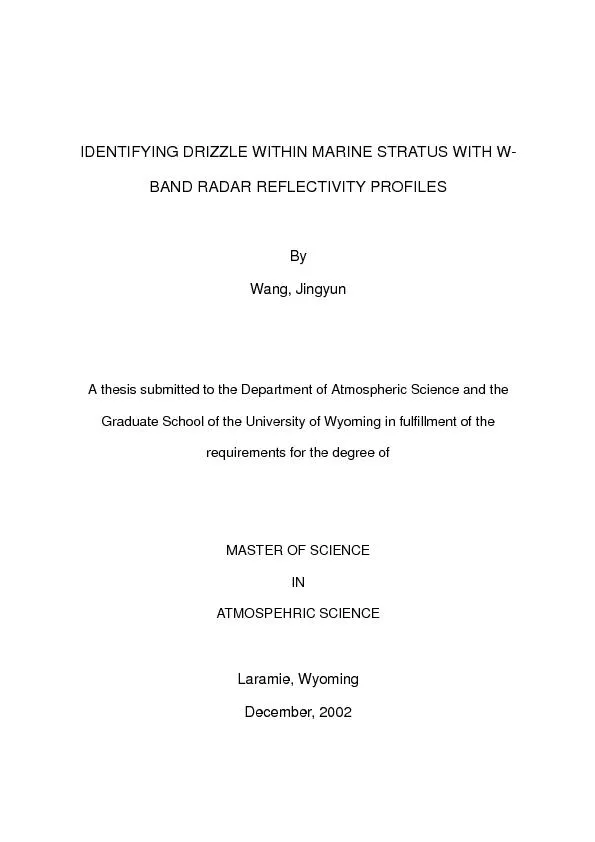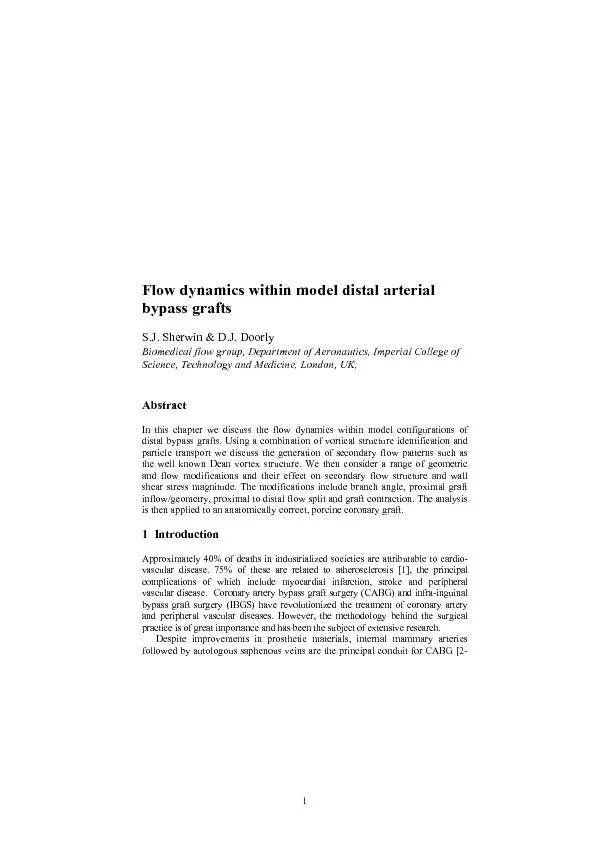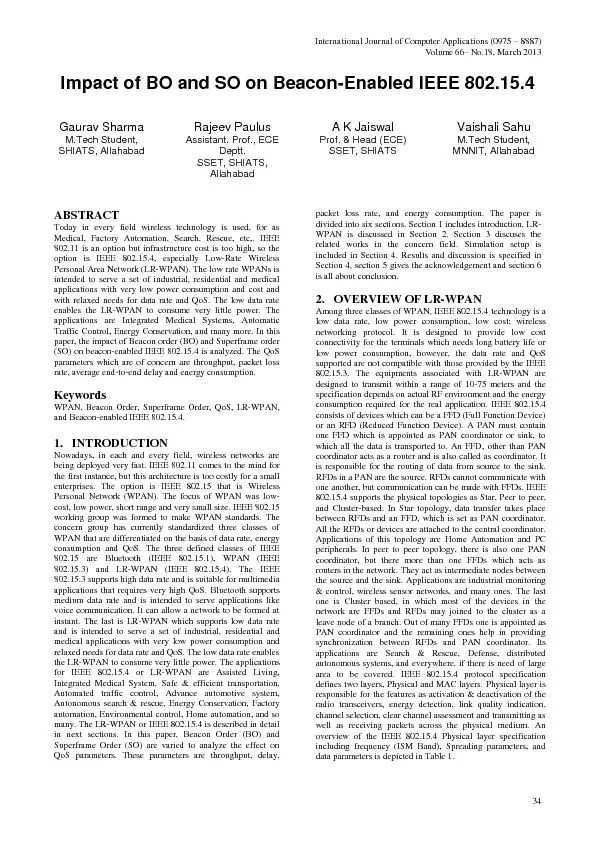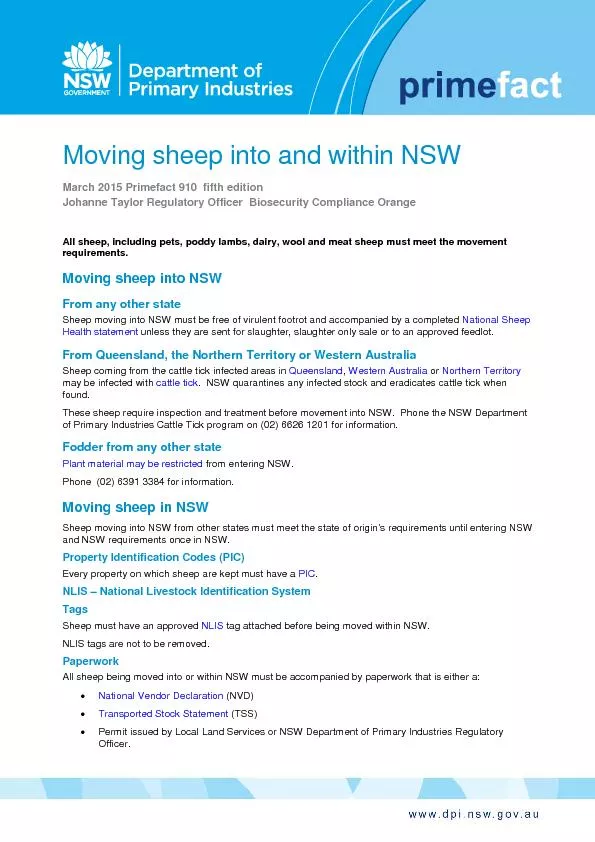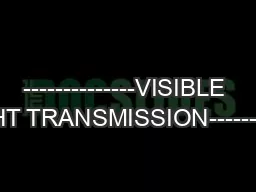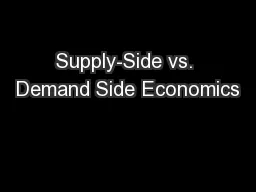PPT-The I mpact of Within-Side
Author : pasty-toler | Published Date : 2018-11-06
C ompetition in TwoSided B usiness M odels M Mahdi Tavalaei University of Surrey UK Juan Santalo IE Business School Spain Annabelle Gawer University
Presentation Embed Code
Download Presentation
Download Presentation The PPT/PDF document "The I mpact of Within-Side" is the property of its rightful owner. Permission is granted to download and print the materials on this website for personal, non-commercial use only, and to display it on your personal computer provided you do not modify the materials and that you retain all copyright notices contained in the materials. By downloading content from our website, you accept the terms of this agreement.
The I mpact of Within-Side: Transcript
Download Rules Of Document
"The I mpact of Within-Side"The content belongs to its owner. You may download and print it for personal use, without modification, and keep all copyright notices. By downloading, you agree to these terms.
Related Documents


